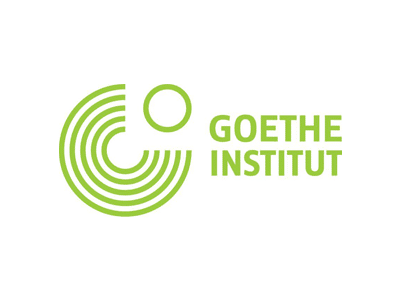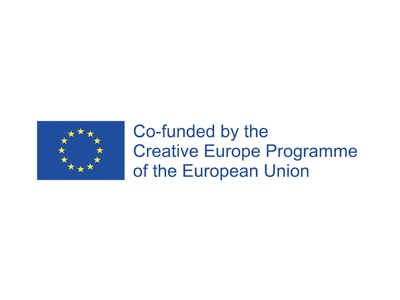Text: Jarkko Hartikainen

Nagori is one of these untranslatable words. In Japanese, it evokes the traces of something that has left us, the aftertaste of a season, of an event, of a person. We all feel nagori for the life before the pandemic, a life remembered which we seek again, knowing that it will never come back. This is the premise of the interaction score that governs this project – there musicians constantly trace memories of their own playing, but also the playing of others.
Two ensembles in two locations, Viitasaari and Berlin, exchange recordings of their music daily, a music contemplating both losses and hopes for renewal. Each evening they attempt to capture the spirit of their own improvisations from the same morning – thereby transforming it. And at the end, they try to evoke the evolution of the whole process, 4 days of constant exchange, likened to four seasons of the year.
Rengakai is a poetological term: it denotes the type of oral poetry battles common at social events in pre-Meiji Japan. A community of poets, guided by principles of the traditional renga-poem (a forerunner of the better known haiku), would together create a chain of poems, each renga a beauty unto itself – and yet linked to the previous poet’s renga and determining that of the next poet. This is also what the collective led by Sandeep Bhagwati (b. 1963) will do together – create a chain of musical poems that can speak for themselves, that are moments of contemplation and stillness: but in their sequence they again evoke the flow of time, of nagori.
The temporal sequencing of the music is based on an 8th-century poetic form, in which 5+7+5=17-unit hokku-stanzas are answered with 7+7=14-unit tsukeku-stanzas. Musical chains are created by answering musical phrases or small forms of 17 seconds (and its multiples 34, 51, or 68) respectively with units of 14 (28, 42, 56) seconds long. In addition, the renga rules are followed by always including a reference to both the corresponding season and location, as well as a certain unexpected turn.
The season is referenced musically with environmental sounds and the creation of the surprising element comes from the musicians’ imagination. Begun already on 2 July with remote meetings, the process has commenced with participants recording short videos from their living environments, then creating musical phrases imitating
these recordings as well as writing down their original sources for documentative purposes.
Dividing themselves as technicians and musicians, the creative collective will work together intensively between 6–9 July, according to a daily schedule, both in Berlin and Viitasaari. In the morning sessions (11–13 EET) the technicians edit and order video material from the previous day as well as record the two minutes of music that the musicians create together. During lunch (13–15) the locally created recordings are edited and sent between the two cities. In the afternoon sessions (15–17) the musicians play with the recording received from the other city and extend it by two minutes, which will again be recorded and edited by the technicians.
The result of the day’s work will be combined and watched in sequence during the daily public online sessions (18–19 Finnish time on YouTube), in which the process is also discussed. The process will culminate on the Satuday 10 July Nagori Rengakai online concert (18–19).
Nagori Rengakai (2021) Viitasaari – Videos




